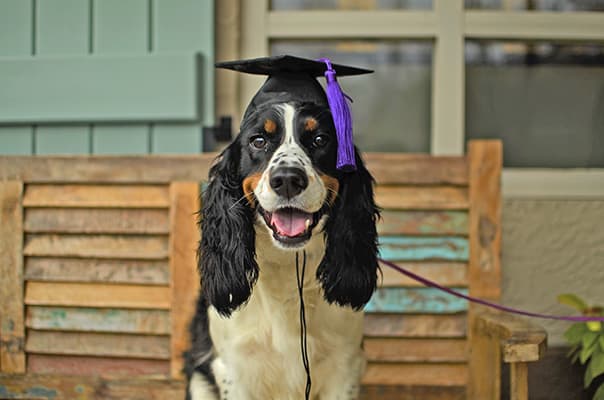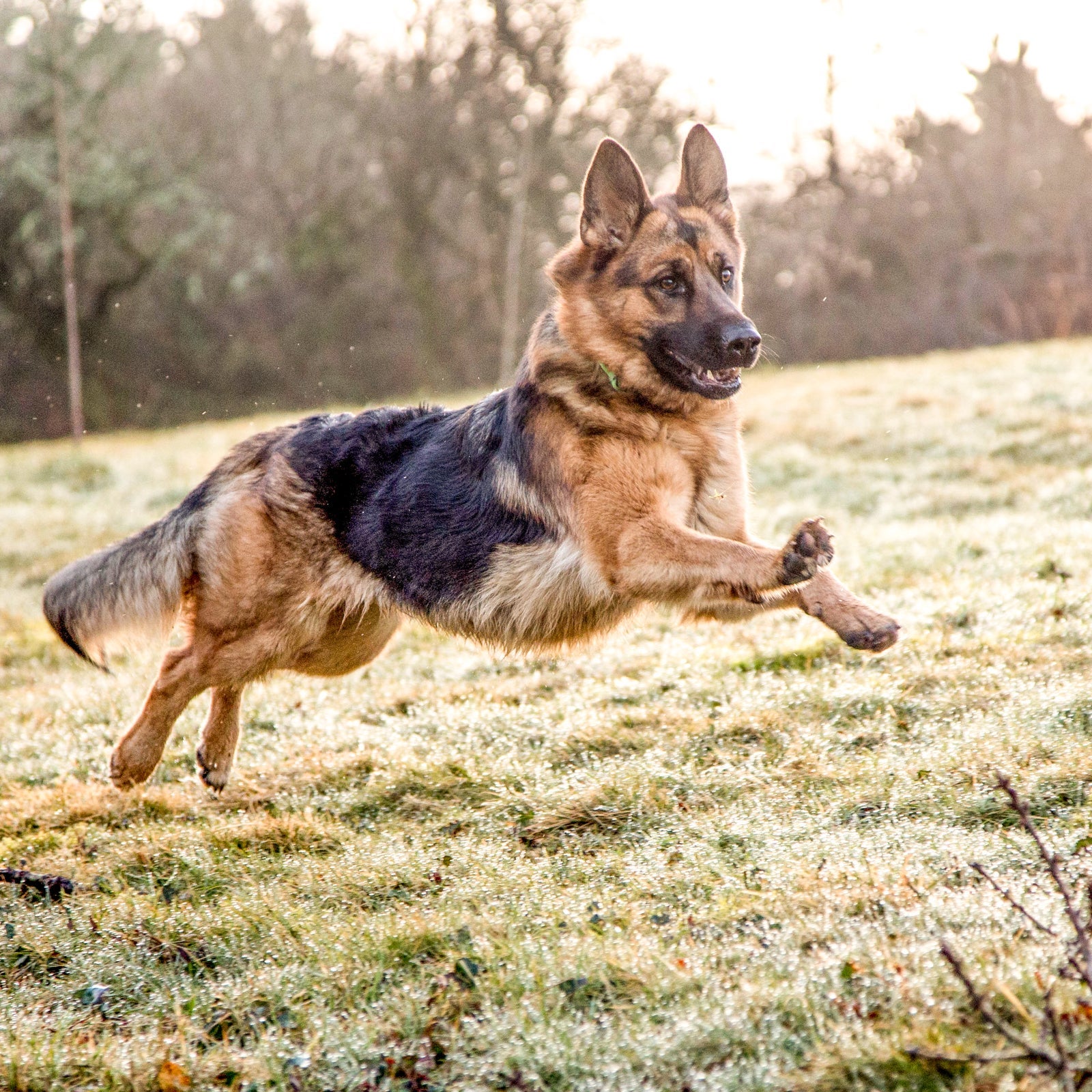Overcoming Challenges in Dog Training: Expert Advice for All Pet Owners
Overcoming Challenges in Dog Training: Expert Advice for All Pet Owners
Blog Article
Beginner's Guide to Successful Canine Training at Home
Effectively training a pet in your home needs a nuanced understanding of canine behavior and reliable interaction methods. Establishing clear training goals, making use of top quality incentives, and maintaining uniformity throughout relative are crucial aspects. Additionally, integrating training right into everyday regimens can improve both involvement and retention. Several beginner instructors experience challenges that may prevent progress. To browse these complexities successfully, it's important to discover numerous key elements that can transform your strategy and cause an unified relationship with your pet dog. What essential concepts should every novice grip to guarantee success?
Comprehending Pet Dog Actions
Recognizing pet dog habits is crucial for reliable training and cultivating an unified connection in between people and their canine companions. Dogs interact mostly with body language, vocalizations, and faces, making it crucial for proprietors to analyze these signals precisely. Acknowledging behaviors such as tail wagging, growling, or cowering can provide understandings right into a pet dog's emotion and intentions.

Typical behavior issues, such as aggression, stress and anxiety, or too much barking, typically stem from misunderstandings or unmet demands. Observing and resolving these problems promptly can protect against rise and guarantee a favorable training experience. By cultivating a deep understanding of dog habits, owners can customize their training approaches to match their canine companions, ultimately causing a mannerly and happy family pet.
Crucial Educating Devices
A well-equipped training room can dramatically boost the efficiency of pet dog training in the house. Important training tools make sure that both the instructor and the pet can take part in productive sessions that foster learning and bonding.

Buying a sturdy chain and a comfortable, well-fitting collar or harness is vital for security and control. These tools aid establish borders and guarantee the dog stays protected during training. Additionally, a marked training area, devoid of diversions, aids focus for both the fitness instructor and the dog.
Educating help such as training pads, cones, or agility devices can also improve the experience by presenting variety and difficulties. Lastly, having a note pad or digital app for tracking progression can be indispensable, permitting you to note successes and locations for enhancement. Using these crucial tools will produce a favorable training setting and lay the foundation for effective discovering.
Creating an Educating Regimen
Developing a consistent training routine is vital for reliable dog training in your home. A well-structured regular not only assists in enhancing wanted behaviors but also supplies your pet with a complacency and predictability. To produce an efficient training routine, begin by identifying particular training goals, such as fundamental commands, leash walking, or house-training.
Choose a marked time daily for training sessions, preferably when your pet is alert and responsive. Sessions should be short, approximately 5 to 15 minutes, to preserve focus and avoid fatigue. Uniformity in timing and environment will improve your canine's learning experience.
Incorporate training into everyday activities to reinforce abilities. As an example, method commands throughout strolls or nourishment, which incorporates discovering right into natural routines. Furthermore, continue to be versatile and find change the routine as necessary, suiting your pet's power levels and mood.
Favorable Reinforcement Techniques
Favorable reinforcement techniques are basic to efficient canine training, promoting desired actions with rewards instead of punishment. This approach uses positive stimulations, such as deals with, appreciation, or playtime, to motivate canines to repeat details actions. The cornerstone of this strategy is timing; benefits need to be provided quickly complying with the wanted habits to develop a clear association.
When applying positive reinforcement, it is vital to pick incentives that are inspiring for your dog. High-value deals with, such as tiny items of poultry or cheese, can be particularly effective throughout training sessions. Additionally, varying the rewards can keep your pet dog's rate of visit the website interest and excitement.
Start with straightforward commands, like "rest" or "remain," and slowly development to extra intricate tasks. Consistency is key; make sure that all family participants utilize the same commands and reward systems to prevent complication.
In addition, it is important to remain patient and stay clear of frustration. Pets, like human beings, discover at their very own pace. By promoting an encouraging training environment with positive reinforcement, you can boost your dog's knowing experience while enhancing the bond between you and your fuzzy friend, preparing for successful training results.
Typical Educating Obstacles
While training a dog in your home can be a rewarding experience, it commonly includes a collection of usual obstacles that can check both patience and consistency. One common concern is disturbance. Pets may come to be quickly averted by noises, movements, or perhaps aromas in their environment, making it tough to maintain their focus during training sessions.
An additional challenge is variance in commands and support. If family members utilize different hints or incentives, it can impede and perplex the canine development. Establishing a unified strategy is vital for reliable communication.
In addition, pets can experience aggravation or tension, especially if they do not understand what is anticipated of them. This can cause unfavorable behaviors, such as chewing or barking.
Finally, the timing of reinforcement is critical (Dog training). Postponed incentives can decrease the effectiveness of favorable reinforcement, as dogs might stop working to attach the habits with the reward
Getting rid of these difficulties calls for dedication, clear interaction, and an organized training plan. Acknowledging and dealing with these common obstacles will lead the way for an extra view it now successful and pleasurable training experience in the house.
Verdict
To conclude, effective canine training in the house demands a thorough understanding of canine behavior and reliable communication methods. By developing clear training goals and making use of top quality treats alongside favorable reinforcement, the training procedure ends up being more fulfilling for both the fitness instructor and the pet dog. Perseverance, versatility, and uniformity are essential components that help with learning. Eventually, incorporating training into everyday regimens boosts the bond between canine and owner, making the experience both productive and pleasurable.
Establishing a constant training regimen is essential for effective dog training at home.Positive reinforcement techniques are basic to effective dog training, promoting wanted behaviors with incentives instead than punishment (Dog training). By promoting a helpful training setting via favorable reinforcement, you can boost your dog's knowing experience while enhancing the bond in between you and your fuzzy buddy, laying the groundwork for successful training outcomes
In conclusion, successful dog training at home demands a detailed understanding of canine habits and efficient communication approaches. By developing clear training objectives and using top notch treats alongside positive reinforcement, the training procedure becomes extra fulfilling for both the fitness instructor and the canine.
Report this page